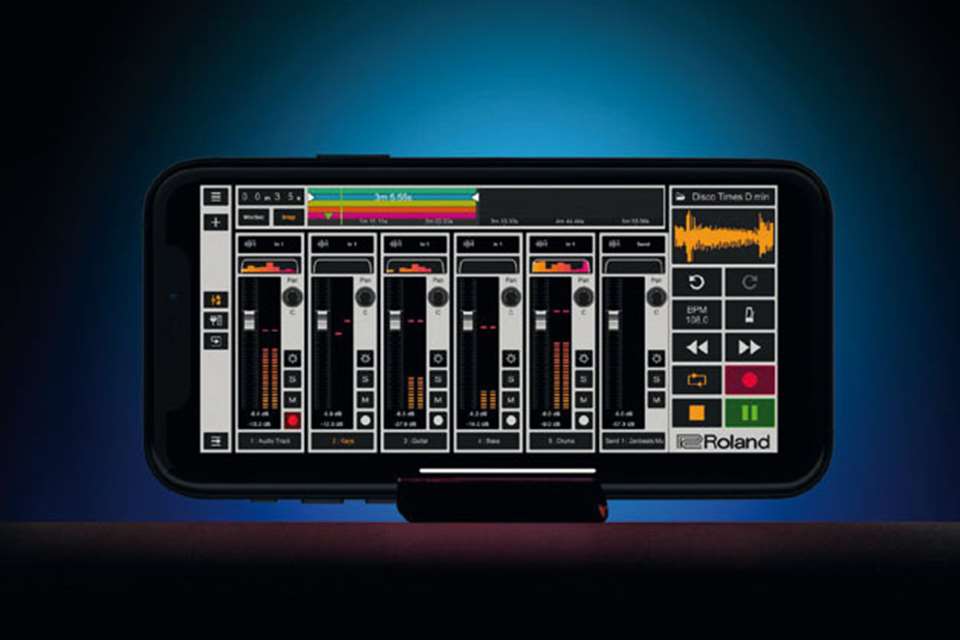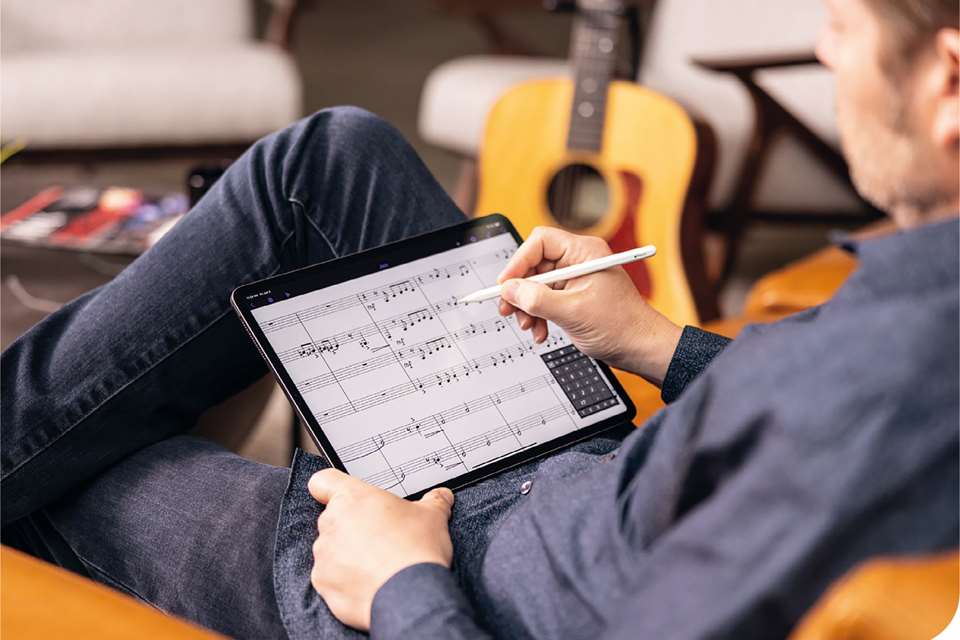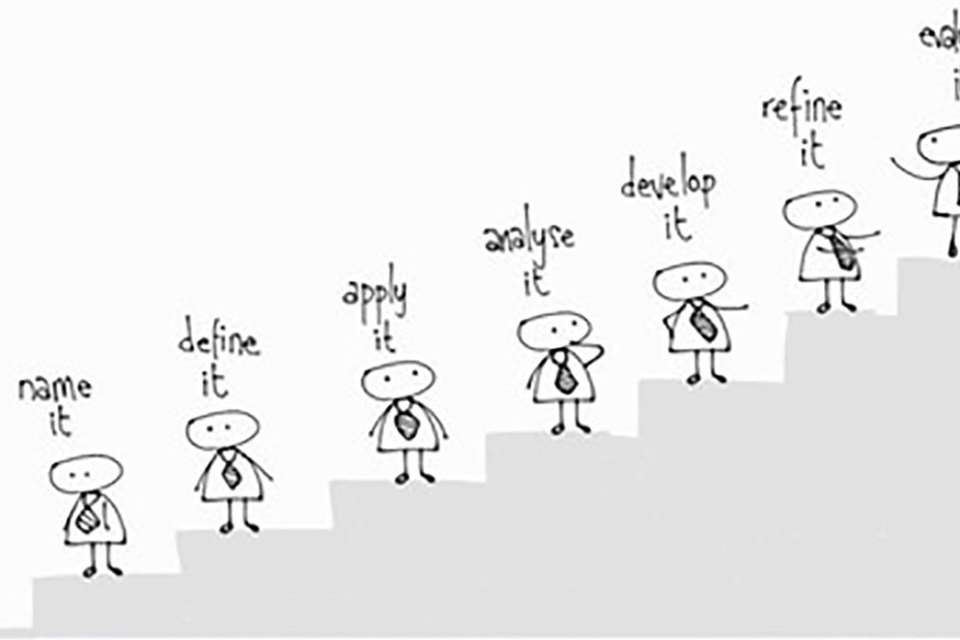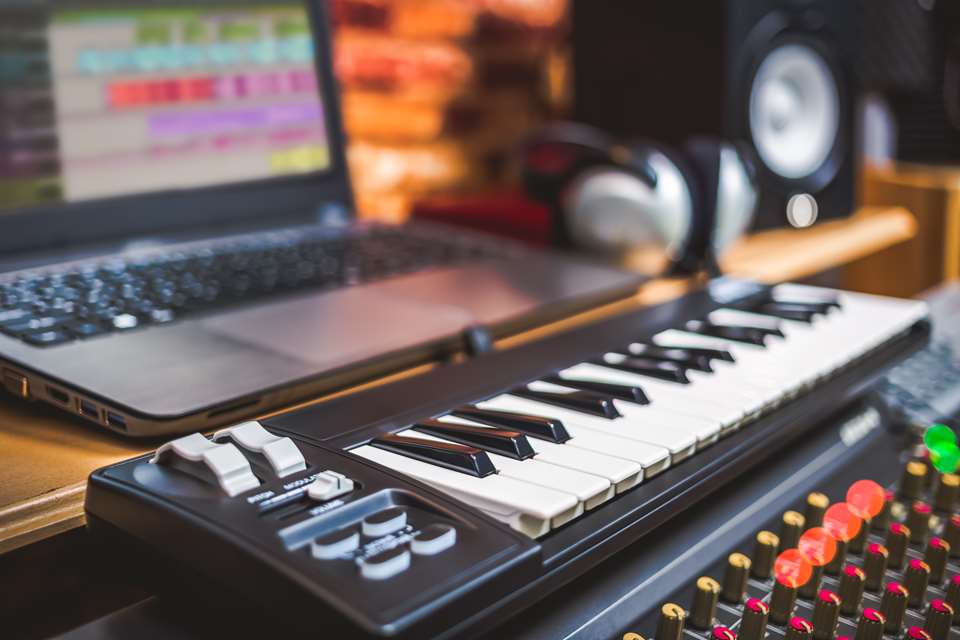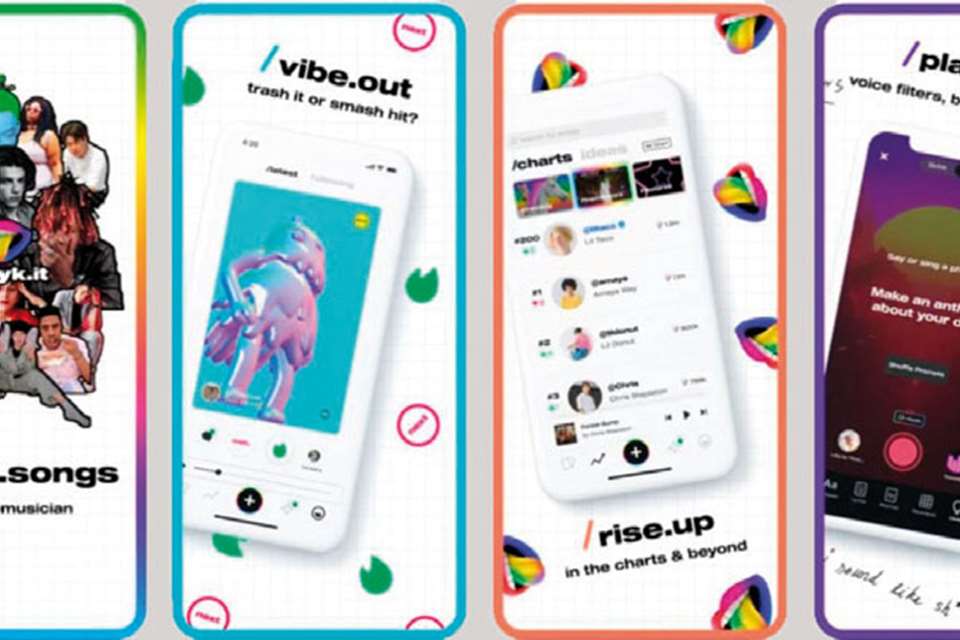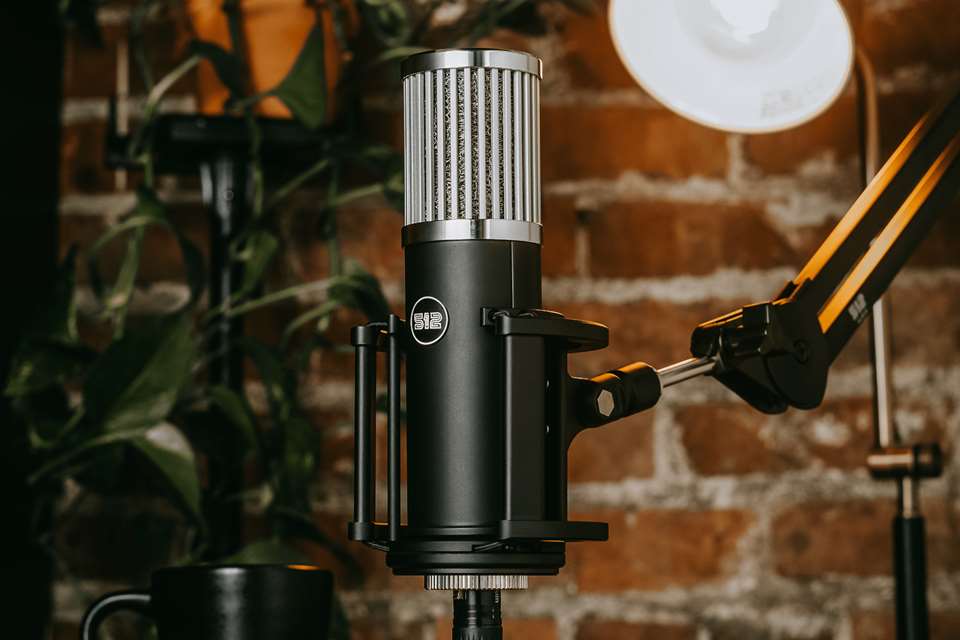Tech Reviews: ODD Ball
Dale Wills
Saturday, January 1, 2022
Dale Wills reviews the ODD Ball – a silicone covered ball equipped with trigger pads that creates new samples via touch.
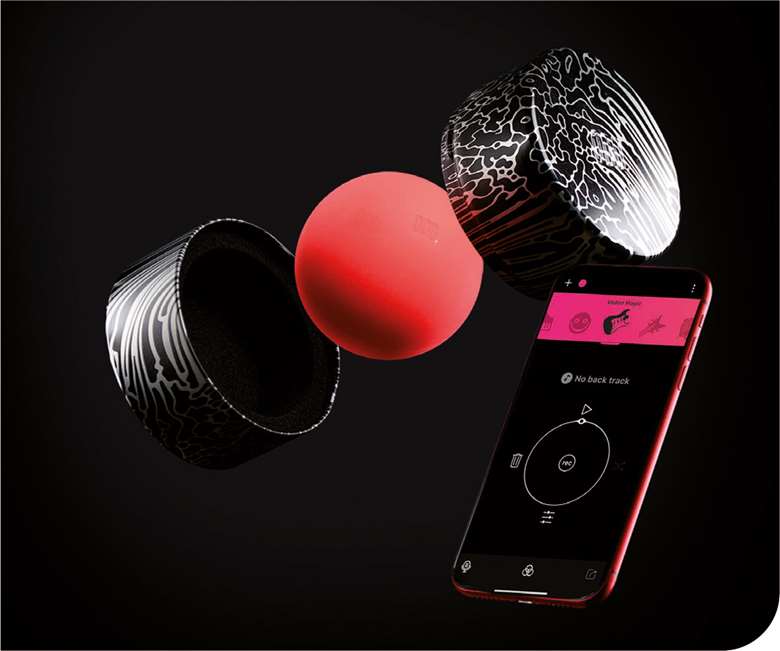
As a keyboard player, my studio is built around keyboard triggers, with a few sample pads finding their way in. For learners without a classical theoretical foundation, the range of new MIDI controllers available offers an alternative entry point to production and could open up a world of music making.
ODD Ball is a novel approach to the MIDI trigger model. The hardware component is a robust silicone covered ball, which triggers samples via Bluetooth. The surface is equipped with trigger pads which link to an app, triggering a sample. The latency on the return measured under 30ms when paired with the app, and not appreciably more when paired with a DAW (digital audio workstation).
The trigger pads are velocity sensitive and returned an appreciably accurate range of 1–127 on different bounces on the sensitive touch mode. For less velocity sensitive tasks, there is a ‘hypersensitive off’ feature, which is useful for laying down percussive tracks.
Bouncing off the walls
Keen to give this a try, I took the ODD Ball along to a local primary school where I was running an Introduction to Music Production workshop. My first discovery was that the battery life of the ball survived much longer than the advertised hour, even being passed among a class of excited primary school students.
The sample library in the app is organised by genre; Arcade, Disco, Grime, Hip Hop, Rock, World Sounds, and an ‘ODD’ library made up of SFX. The app has an intuitive user interface, which KS2 students took to without any prompting. The interface allows producers to ‘bank up’ a library of samples, which can then be interchanged during recording with a swipe. Once the learners got over the shock of being allowed to throw an instrument against a wall, they quickly started developing some intricate and imaginative beat patterns – I can imagine the ODD being a highly accessible way of enabling students with additional needs to make music. The latency when pairing the app with a Bluetooth speaker was slightly more noticeable, but still more than low enough to allow for real time music making.
On a roll
Melodic sample libraries are triggered in a brilliantly subversive way – the velocity information is converted into pitch information via a randomiser. The thing that makes this special is how the randomiser is coded. Somehow, irrespective of the combination of throws, dribbles, bounces, and other sporting terminology that completely defeats me, the ODD produces a musically satisfying result. I can't begin to imagine how many hours that coding took, but bass lines, melodies, and even chord pads all came out in a coherent and captivating way.
The app allows the user to record a multitrack beat based on the existing sample library. Utilising the inbuilt phone mic, the app also allows users to add their own samples. The pitch slider then allows for easy manipulation of the sample, which is then mapped to the same pitch/velocity curve as the rest of the melodic sample library. As a word of caution, the app allows a fairly generous record time, although, as these act as one-take shots, playing with longer samples can get tricky!
The app also comes with a series of inbuilt effects filters; Space, Freak, Glitch, Gravity, and Warp, which produced some impressive results. These provide a useful introduction to the world of sonic design.
The only product in its sphere
The real power of the ODD comes when you pair it directly with a DAW. For the purposes of this investigation, I used both Logic Pro and Pro Tools, with the MIDI controller mapped to different parameters in each. For Logic, we mapped the ODD to a range of different filters in the ES2 synth, allowing learners to experiment with a wider range of filter weeps, envelopes and modulation effects. I was particularly impressed with both the lack of latency and sensitivity of the ODD, even when the ball made its way to the other side of the room.
It did also strike me that this would prove a useful way of introducing advanced synthesis parameters at Level 3 and even beyond – not that I'd be keen to have balls bounding around my studio! But for the kinaesthetic learners, triggering the ODD by a range of handheld gestures, while experiencing the changes in sound design over time, would certainly prove more accessible than making small adjustments on a screen.
In Pro Tools, we mapped the ODD to trigger a range of different samples and then apply basic EQ (equaliser) and compression parameters to the result. As a classless MIDI device, the ball will work with any DAW, although mapping it to control different parameters can be a bit time consuming, depending on the software. For a class demonstration, I found it more practical to set up project templates with the appropriate assignments and export the audio from one to another.


